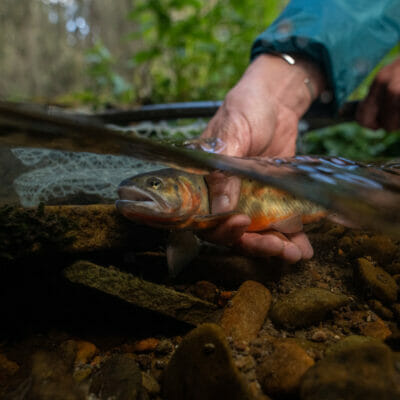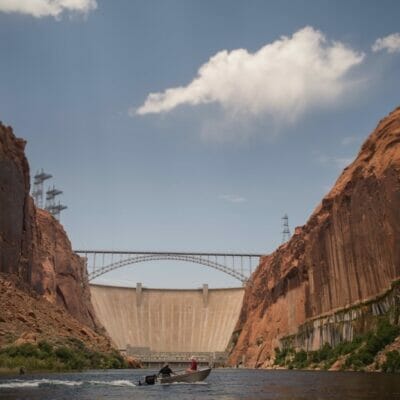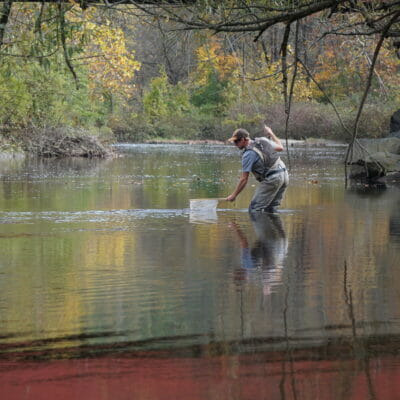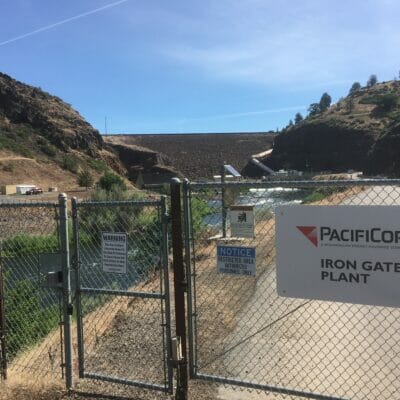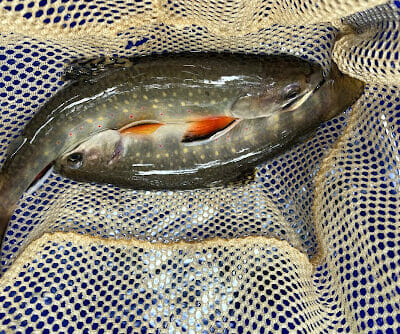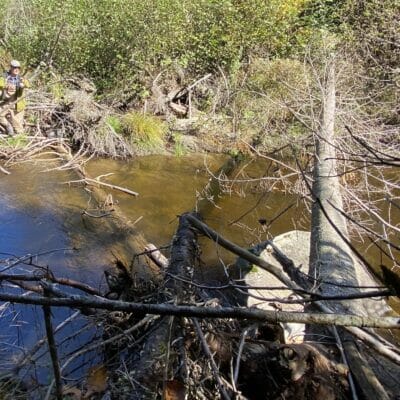For two decades Trout Unlimited has worked to protect and restore one of the most unique trout sub-species in North America — the Rio Grande cutthroat — by engaging numerous partners in protecting, reconnecting and restoring coldwater habitats in the Rio Grande basin.
We just released an issue of TROUT magazine that focuses most of its 100 pages on the need to remove four dams from the Lower Snake River. That was an easy call for me as editor because I think removal of the Lower Snake dams, thus giving a huge percentage of steelhead and salmon in the
Trout Unlimited launched the Battenkill Home Rivers Initiative in 2020. Orvis has chosen the program as the beneficiary of its Giving Tuesday efforts on Nov. 30, 2021, pledging 10 percent of profits to the program.
Signatories to the Klamath Basin Hydroelectric Settlement Agreement, including Trout Unlimited, held a press briefing on November 12 and said they are in a “sprint to the finish” to achieve the pact’s principal goal of removing four old dams on the Klamath River. The signatories, including Tribal leaders, a representative of the ranching community, and
Trout Unlimited recently partnered with the Tennessee Wildlife Resources Agency to establish a wild brook trout in the Trail Fork of Big Creek in the Cherokee National Forest. Replacing undersized culverts with a new bridge expanded the amount of habitat available to the fish.
“You’re driving?” The question came with an unmistakable tone of incredulity. I had just told a friend that I would be driving from my home in Virginia to a conference in northern Vermont. Their surprise was understandable. The shortest route from my home in Roanoke to Jay Peak Resort is 824 miles. There was a method to
What do bridges, highways, and rail have to do with wild and native trout and salmon?
